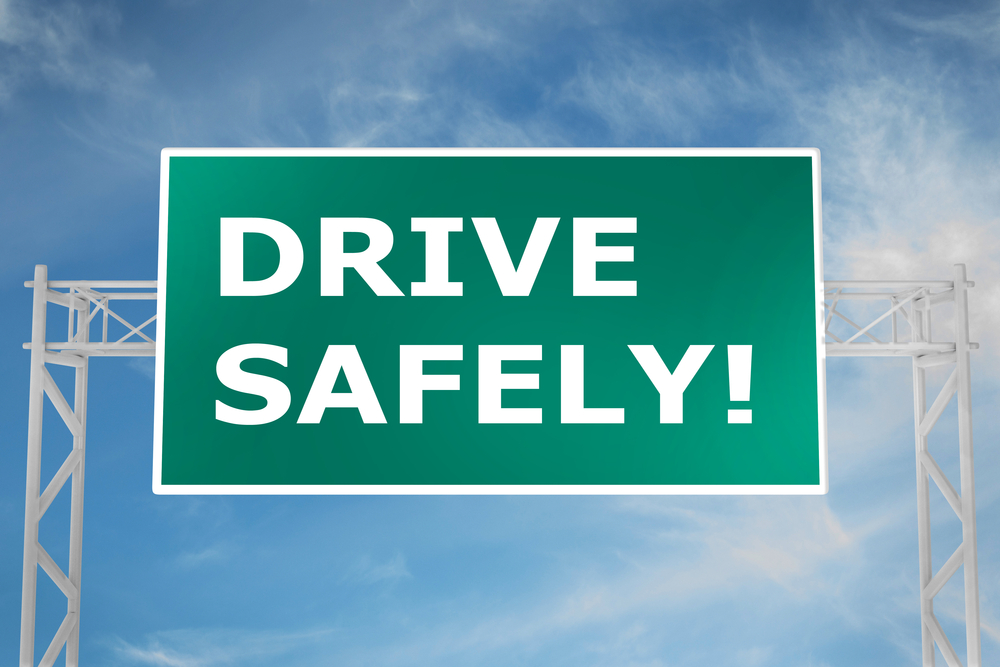Safety is key in trucking and trucking company safety scores are the measure of how well a company adheres to safety standards and regulations. These scores from various regulatory agencies give insight into how well companies with commercial motor vehicles are complying with safety protocols that affect not only the companies themselves but also the drivers and other motorists on America’s roads.
Everyone in the trucking industry should understand these scores because it ensures highway safety and companies put their drivers and the public first. Truck and bus drivers are part of these scores and can check them. Checking and monitoring these scores regularly can lead to better safety practices and fewer accidents and violations.
What are Trucking Company Safety Scores?
Trucking company safety scores are an overall assessment of a motor carrier’s safety performance, and how well they adhere to safety standards and regulations. These scores are determined by analyzing several key factors including crash data, inspection results, and compliance with federal regulations. The Federal Motor Carrier Safety Administration (FMCSA) manages these scores through its Compliance, Safety, Accountability (CSA) program. This program aims to make the roads safer by holding trucking companies accountable for their safety practices and performance.
Truck drivers, shippers, and other stakeholders can access these scores to make sure they are dealing with or working for a company that prioritizes safety. By checking these scores they can make informed decisions on which companies to trust and make the highways safer and reduce accidents. Transparency and availability of these scores are key to continuous improvement in safety practices in trucking.
What affects the scores
Knowing what affects the scores is important to maintain high standards and driver and public well-being. Here are the key ones:
Crash Data: Safety scores are heavily weighted by crash data which includes the number of fatal crashes and accidents involving the trucking company. Each incident is recorded and analyzed and contributes to the overall safety rating. The fewer the crashes the higher the score so companies must have effective safety measures and continuous driver training programs.
Inspection Results: Regular inspections are another factor that affects safety scores. Post-trip inspections ensure trucks and buses are in good condition. These inspections cover various aspects of the vehicle’s health including brake systems, tires, lights, and overall mechanical condition. Identifying and correcting issues during inspections prevents accidents and improves safety scores.
Compliance: Following service regulations and safety protocols is key to high safety scores. This means proper use of power steering fluid and safe driving practices. Compliance with hours of service regulations, vehicle maintenance schedule, and driver training requirements also matters. Companies that follow these regulations consistently show their commitment to safety and that boosts their safety scores.
How to check a trucking company’s safety score
Checking a trucking company’s safety score is easy and gives you valuable insights to their safety performance. Here’s how:
Visit the FMCSA Website: The Federal Motor Carrier Safety Administration (FMCSA) has a Safety Measurement System (SMS) where you can get the safety scores. Go to the FMCSA website.
Enter the Company’s Information: Once on the FMCSA website, go to the SMS section. You can search for a company’s safety score by entering the company’s name, USDOT number, or Motor Carrier number. This will give you the exact company you are looking for.
View the Score: The SMS will show you a detailed breakdown of the company’s safety performance. This includes categories such as vehicle maintenance, hours of service compliance, and driver fitness. Each category will give you specific information so you can evaluate the company’s compliance with safety regulations and overall safety standards.
ShipEX’s Safety Commitment
At ShipEX, driver and public safety is our number one priority. We are committed to high safety standards through a multi-faceted approach that covers all aspects of our operations. Here’s how we do it:
Defensive Driving: We have comprehensive training programs for our CMV (Commercial Motor Vehicle) drivers on defensive driving techniques. These techniques enable our drivers to anticipate and avoid road hazards and navigate safely through different driving conditions.
Regular Inspections: Our safety commitment extends to the maintenance of our fleet. Each vehicle undergoes post-trip inspection to ensure it is in good condition. These inspections are critical in identifying and correcting any mechanical issues before they become a problem and prevent accidents and breakdowns.
Regulatory Compliance: Following federal service regulations is part of our safety strategy. We make sure all our drivers get enough rest and follow safe driving hours. This compliance prevents fatigue-related incidents and shows our commitment to operate within the legal safety boundaries.
Driver Wellness: We know a focused driver is a safe driver. That’s why we stress the importance of being alert and avoiding distractions such as cell phone use while driving. By promoting a culture of mindfulness and awareness we help our drivers stay at their best and safe on the road.
Safety at ShipEX
At ShipEX we have safety practices in place for our drivers and the public. Our safety commitment is reflected in our training and operational procedures. Here’s how we do it:
Avoid Distractions: Distracted driving is a big hazard on the road. We educate our drivers on the risks of distractions such as cell phone use, eating, or adjusting controls while driving. By stressing the importance of staying focused we help our drivers keep their eyes on the road and reduce the risk of accidents.
Blind Spots: Knowing and avoiding blind spots is key to preventing accidents, especially during lane changes. We train our drivers on how to identify their vehicle’s blind spots and safely pass other vehicles. This training reduces the risk of collision and overall road safety.
Speed Management: Speeding is a common cause of accidents. We tell ShipEX drivers to follow speed limits, adjust to road conditions, weather, and visibility, and govern our trucks to safe speeds.
Proper Use of Equipment: Ensuring critical vehicle components are in good working condition is key to safe operation. We check our power steering fluid, tires, brakes, and other vital parts of our fleet regularly. These routine inspections will identify potential problems before they become major issues and our vehicles will be safe and reliable on the road.
Conclusion
Understanding and checking trucking company safety scores is crucial for maintaining high safety standards on our roadways. At ShipEX, we are committed to ensuring the safety of our drivers, other motorists, and the overall trucking industry. By prioritizing safety and adhering to strict regulations, we strive to reduce accidents and save lives.
For more information on our safety practices and to learn more about our commitment to excellence, visit the ShipEX website. Together, we can ensure a safer future on America’s highways.






